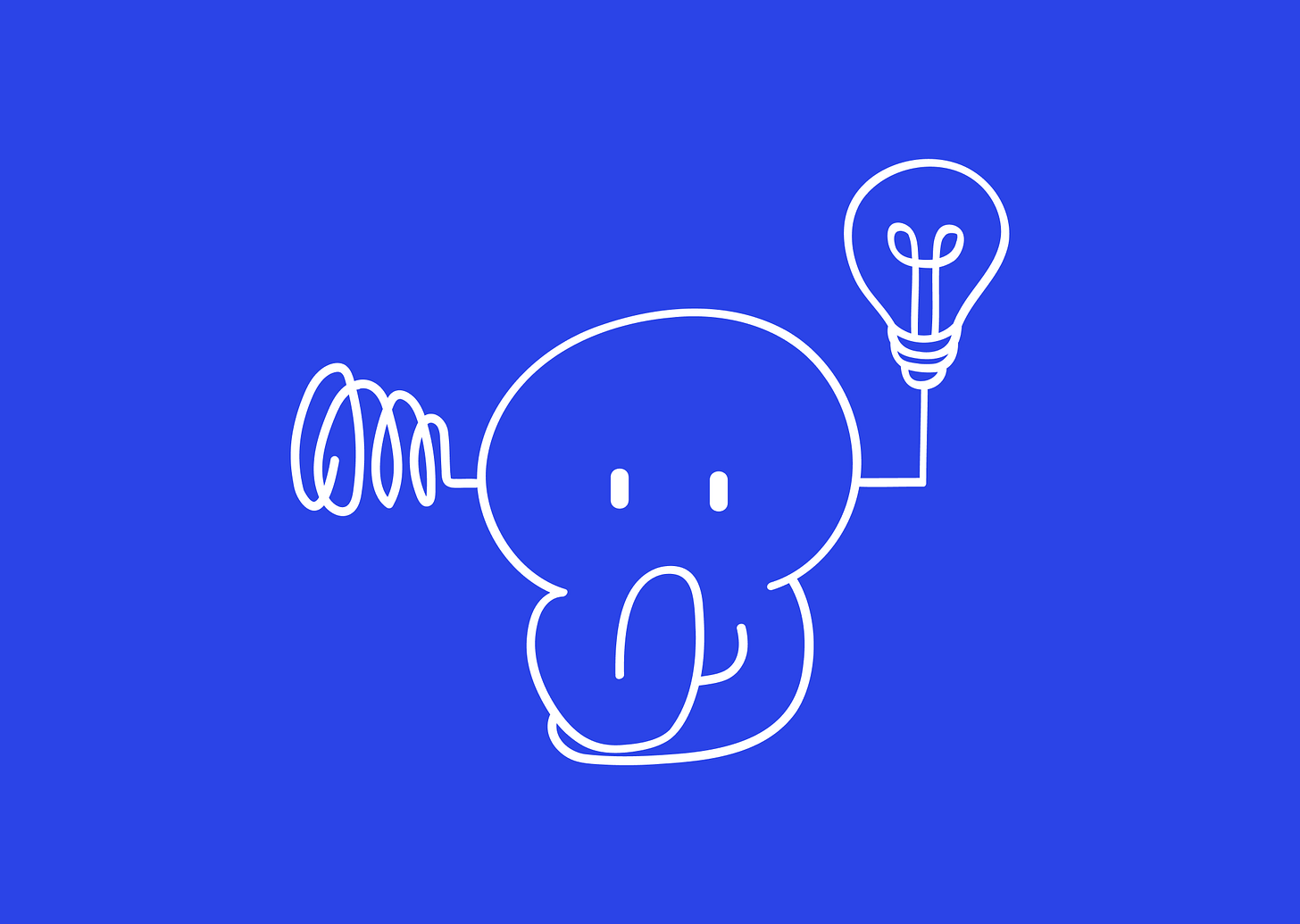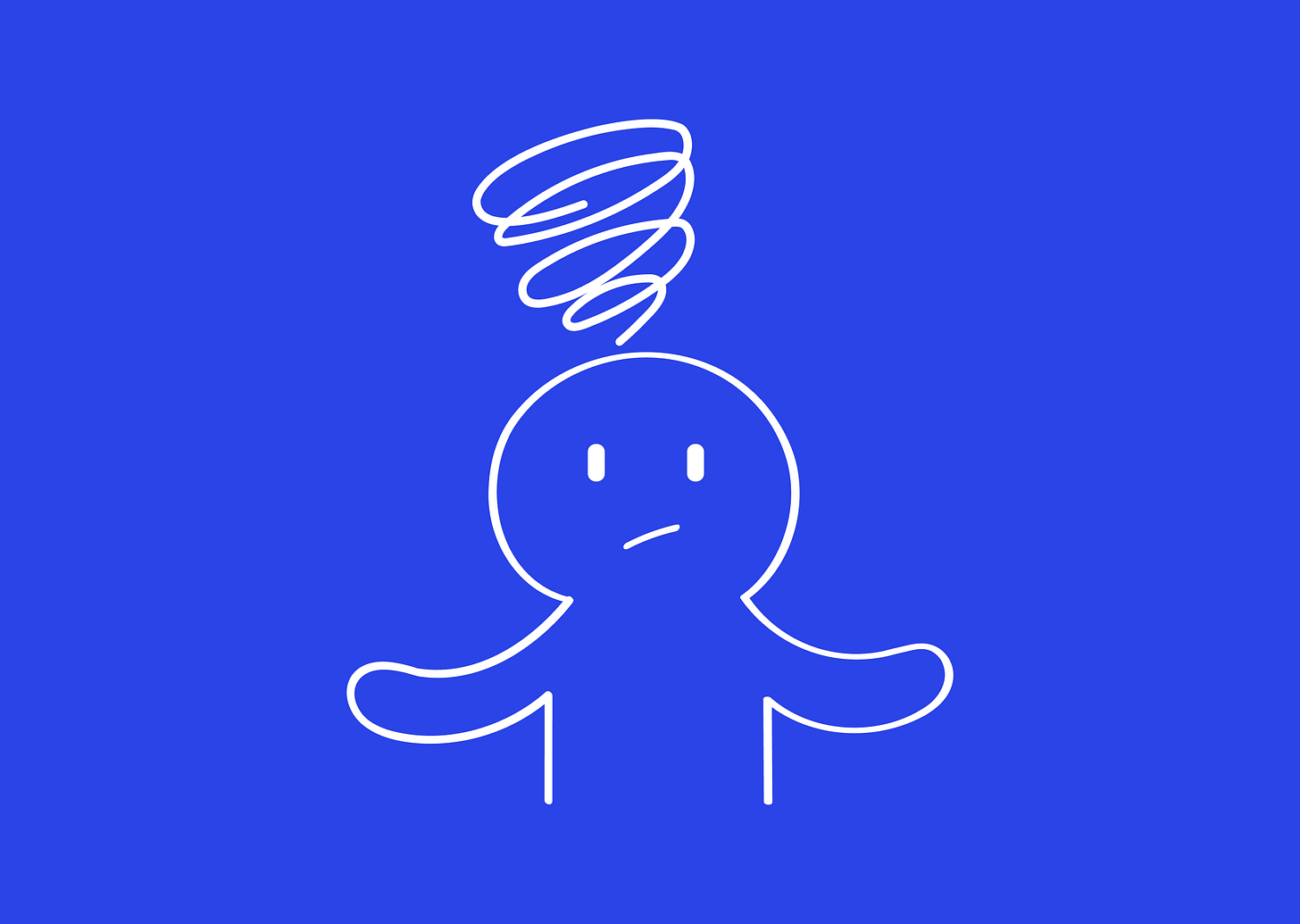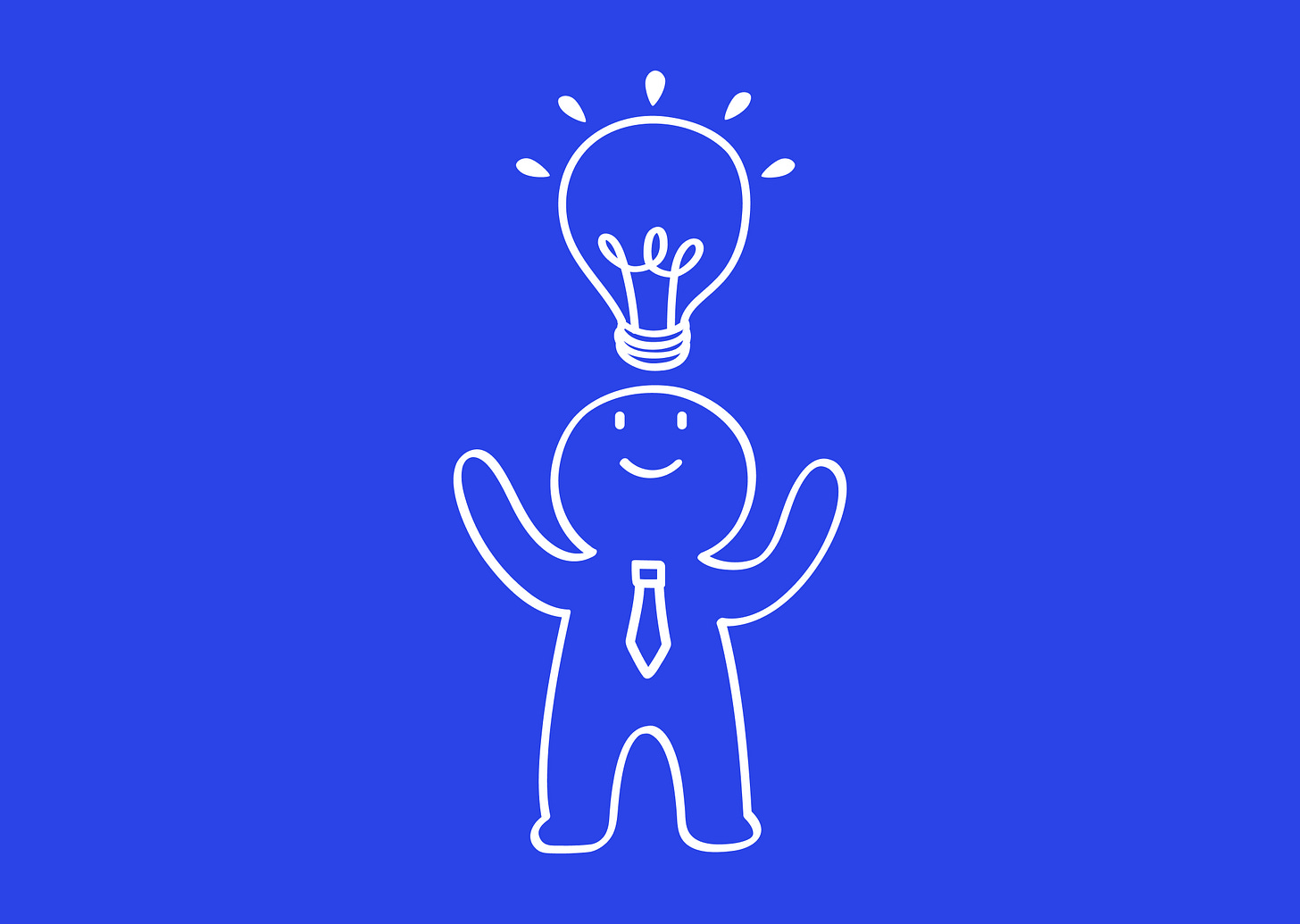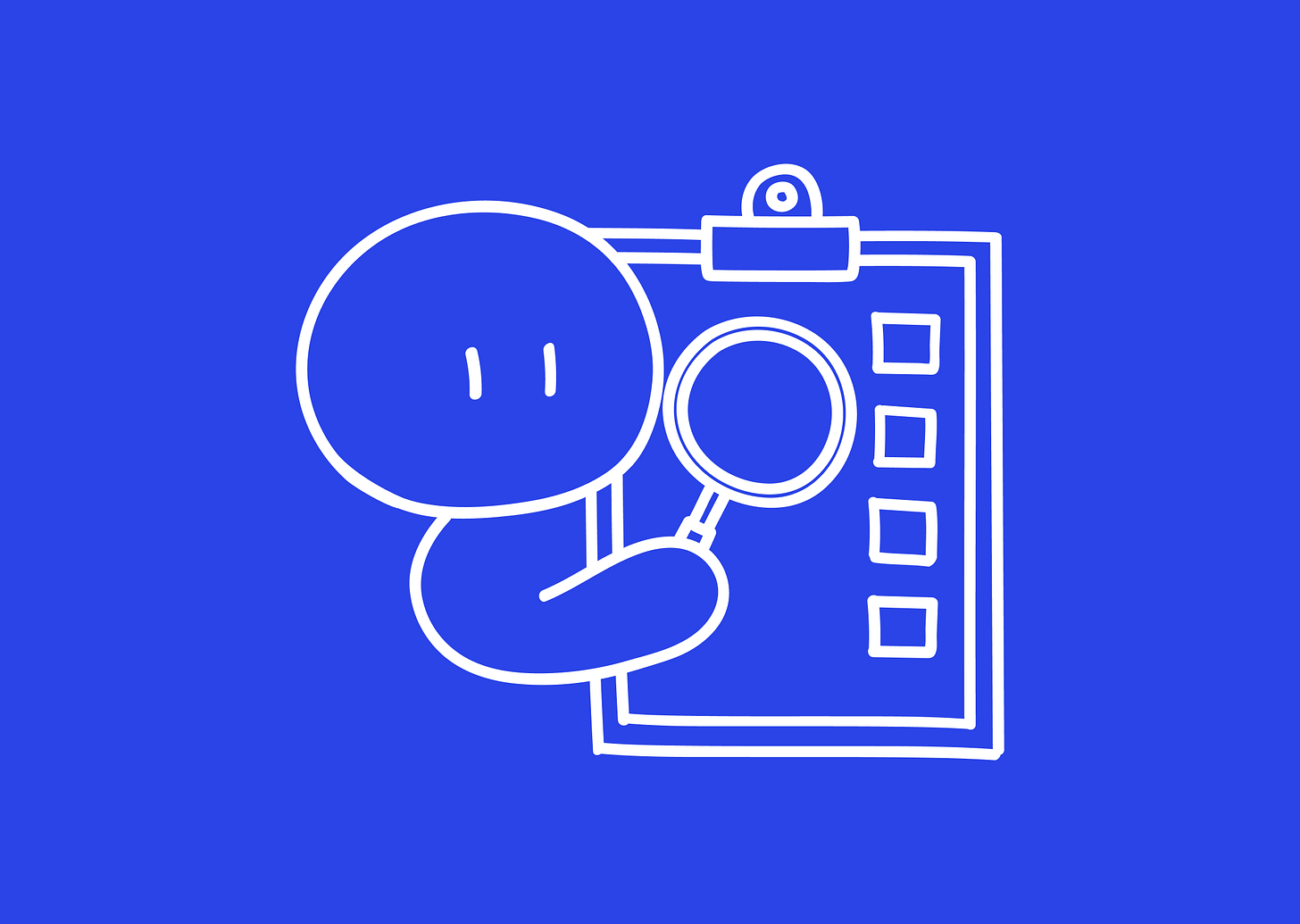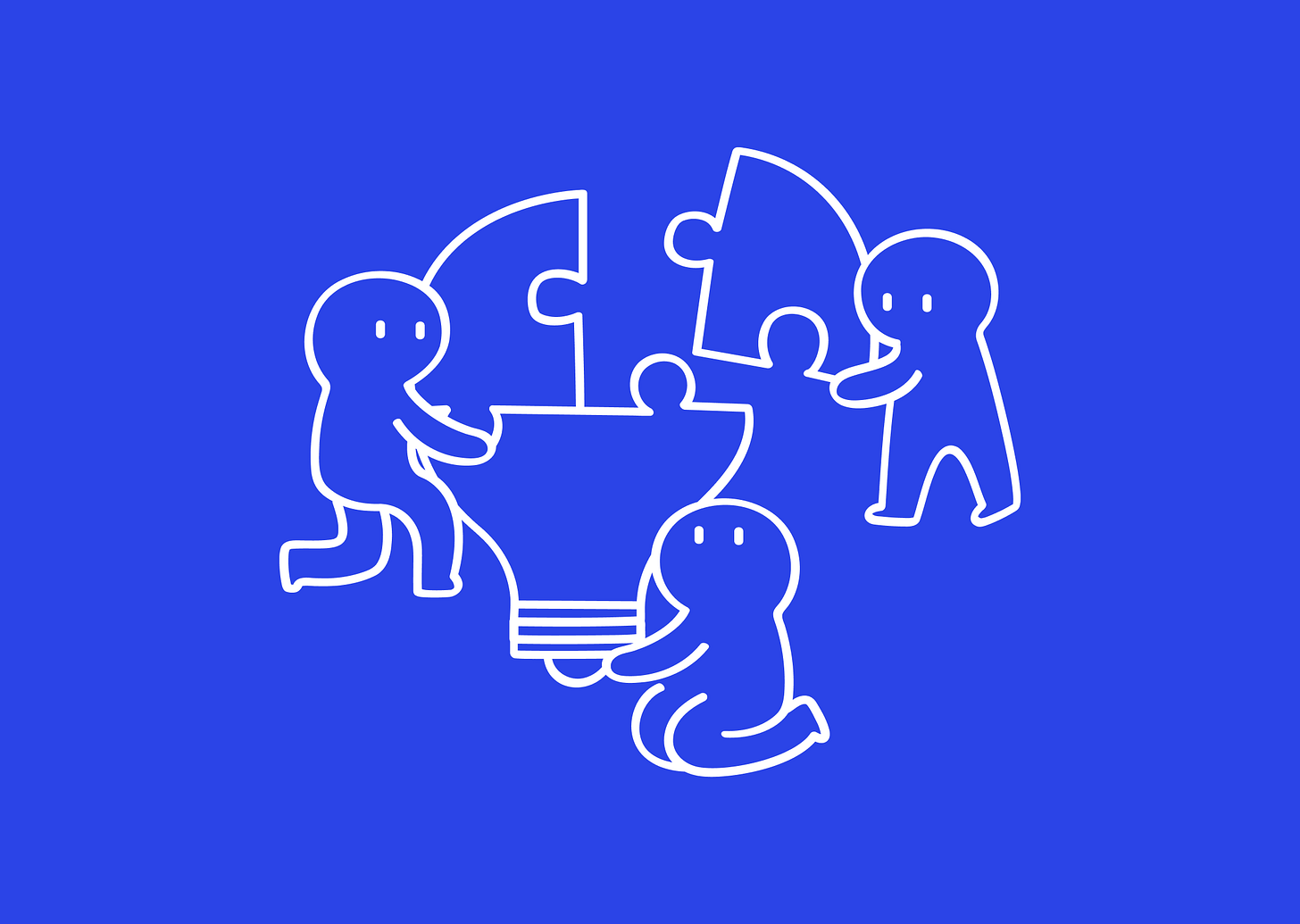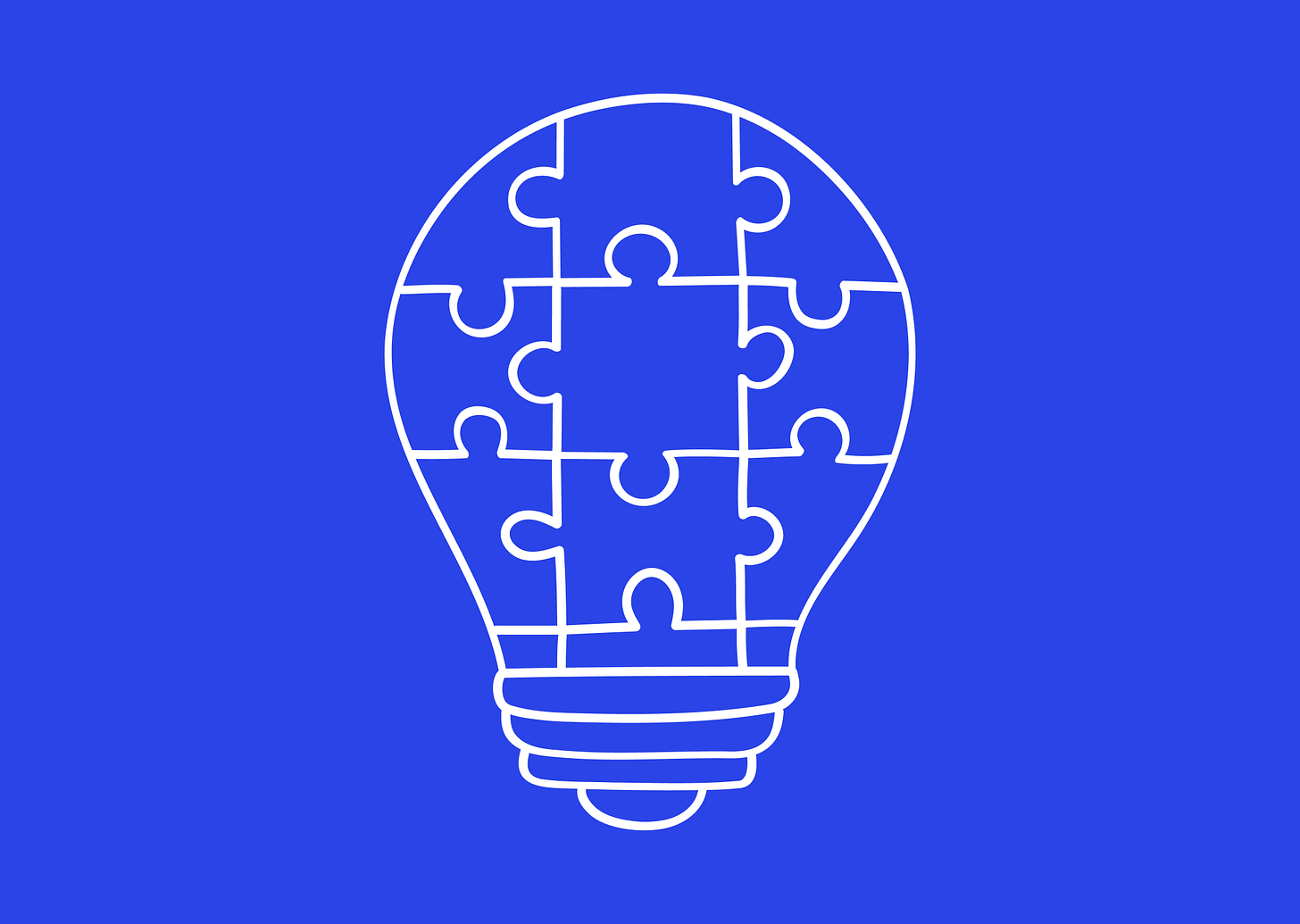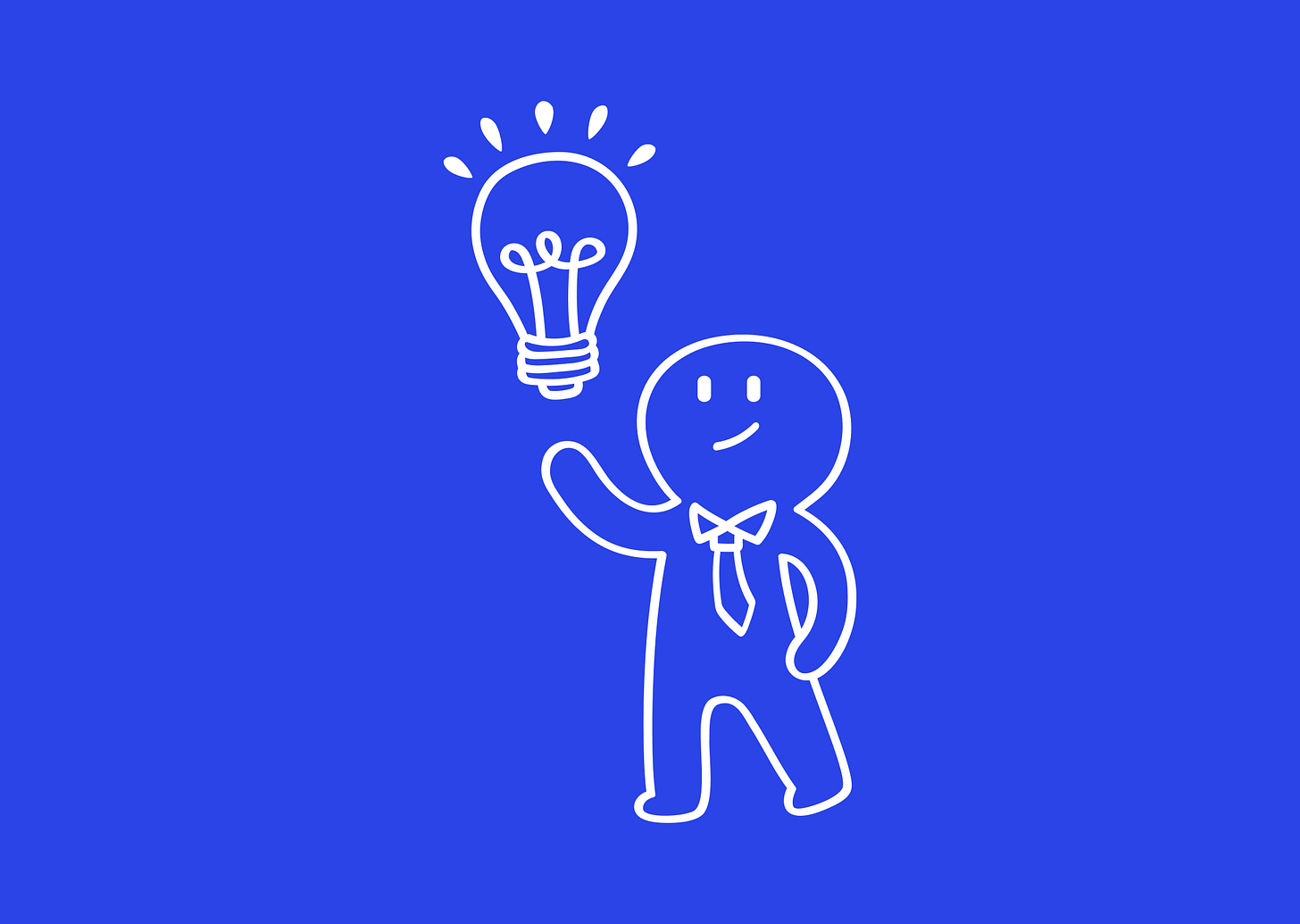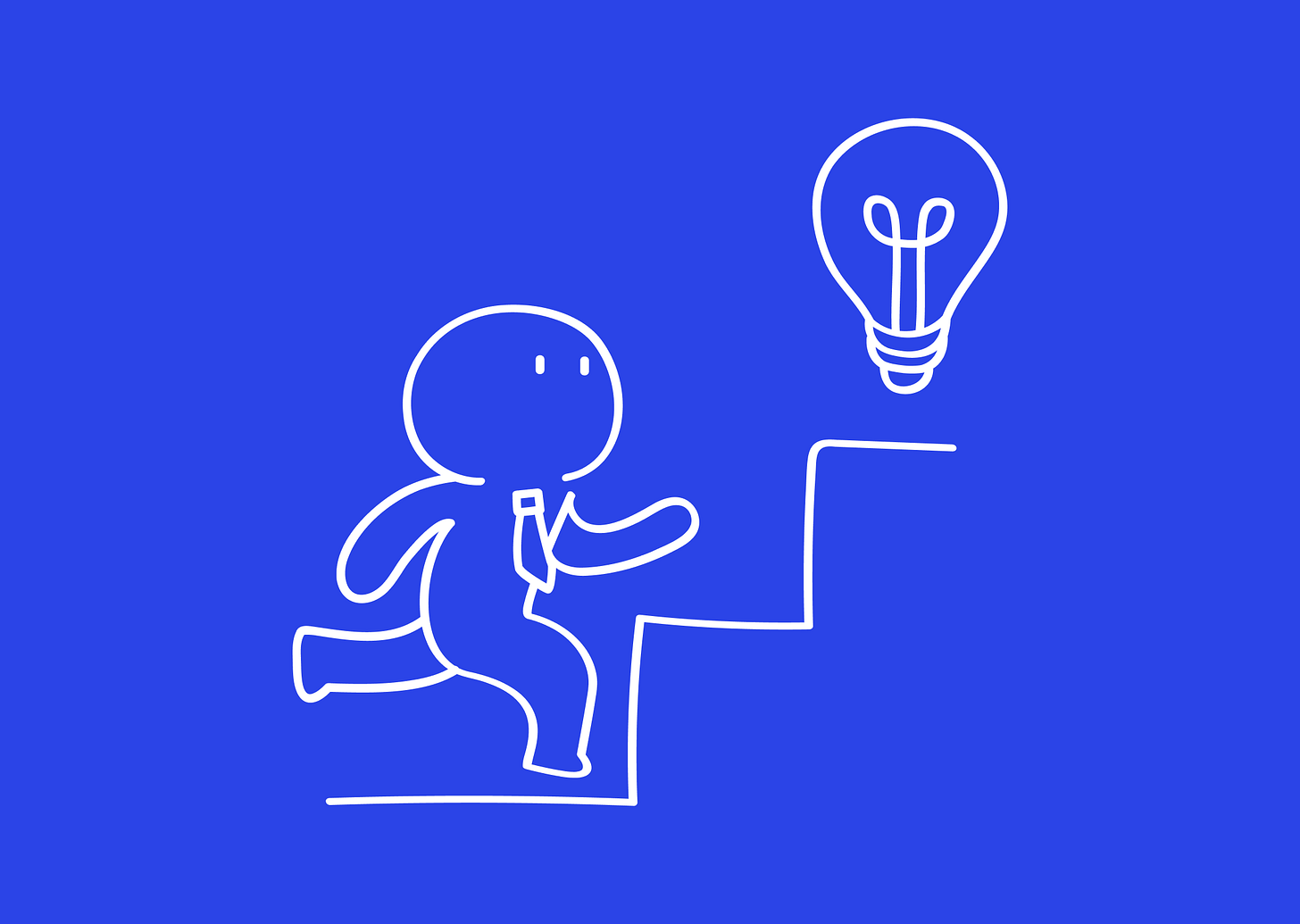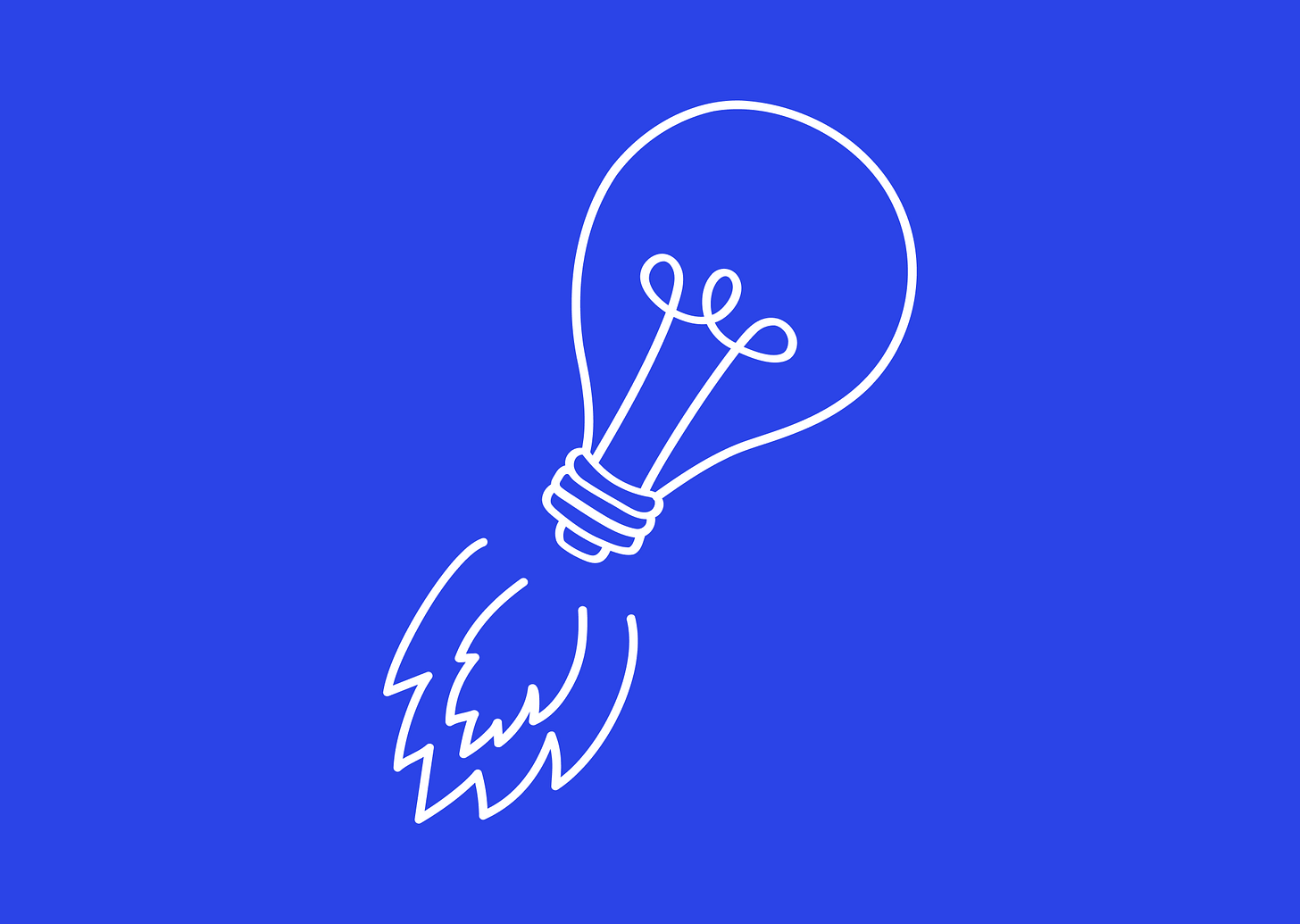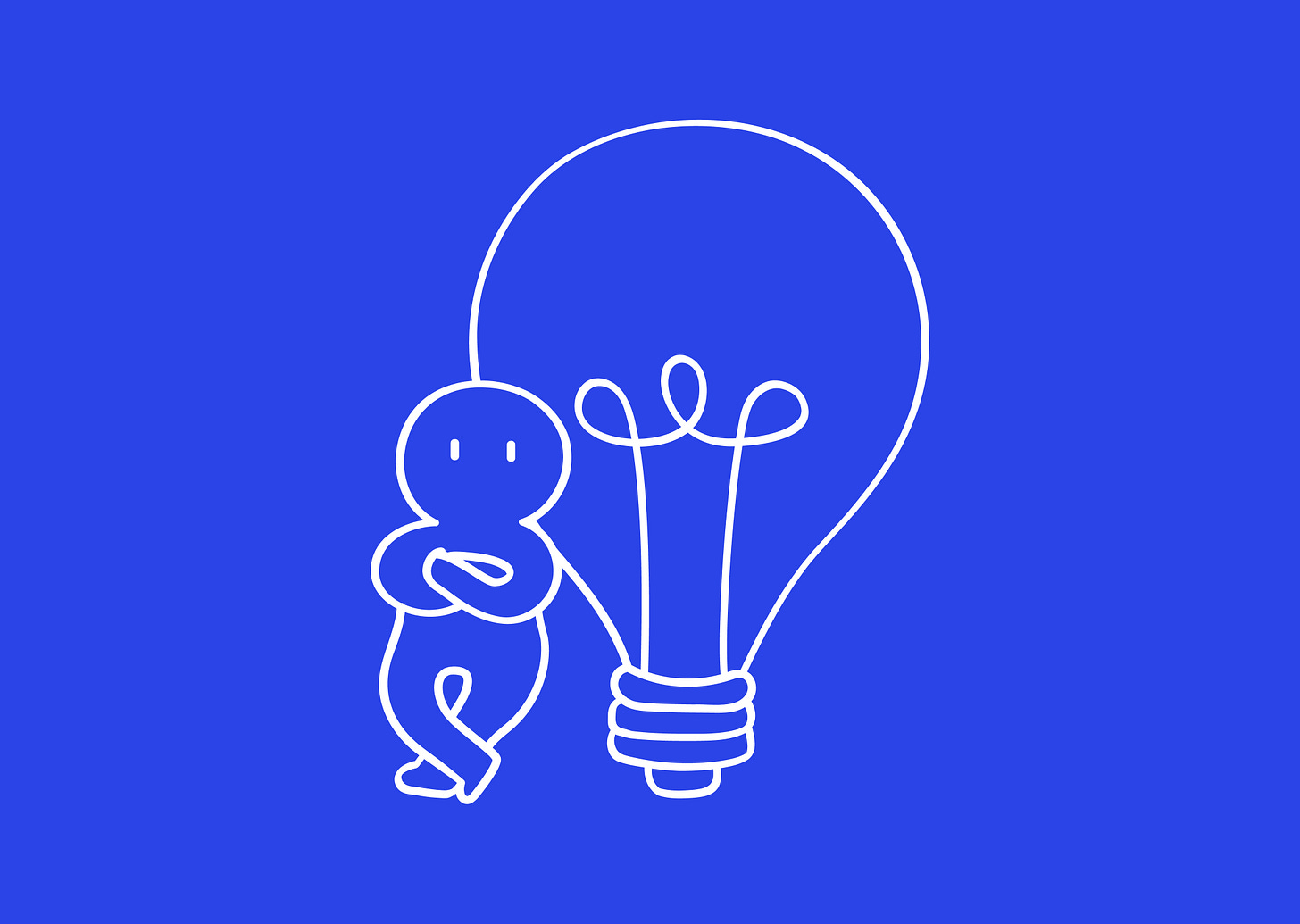How to Write an Effective Project Portfolio for Any Industry
Step-by-Step Guide to Creating a Professional Project Portfolio That Showcases Your Skills and Wins Clients Across Industries
Having a portfolio has become a universal professional need not just for the design or engineering sectors, but across all industries. It serves as the most reliable testament for recruiters to see what you've accomplished in your professional career and evaluate you based on concrete evidence rather than just words on a resume.
I always recommend having a portfolio for everyone, regardless of their field. Whether you're in marketing, finance, operations, or any other sector, giving project showcases to potential employers leads to a significant increase in job success rates.
But here's the truth: you'll never feel completely satisfied with your portfolio. There will always be that nagging feeling that something's missing, some gap that makes it feel incomplete. And that's completely normal. Every professional I've worked with experiences this.
When I tell people to create a portfolio, the first question I always hear is: "How do I start? What's the best process to document my work?" While there's no definitive one-size-fits-all approach, I've developed a method that works not just for design projects, but can be adapted to document any type of professional project effectively.
Before we start, let's take a dummy example of an app project called "Rokkha" - this example is completely fictional but will demonstrate how to structure your case study. Three years ago, let's imagine I worked on this safety app designed for Bangladeshi women to get assistance in times of need. This app connected users to local police stations, emergency contacts, and community support networks with just the press of a simple button. We'll use this as our demo case study to illustrate each section of our portfolio framework.
Important Note: The following is a detailed, professional dummy example to show you the depth and structure possible. However, you can apply this same process to write about much simpler projects whether it's a website redesign, a marketing campaign, or even a process improvement initiative. The framework scales to any complexity level.
The 11-Section Portfolio Framework
1. Problem Statement Brief
What this section covers: This is your hook the elevator pitch that immediately communicates what challenge you tackled and why it mattered.
1.1 Problem Statement: A crisp, user-focused statement that anyone can understand
1.2 Quick Outcome: The high-level result or impact you achieved
Detailed Case Study Example:
1.1 Problem Statement: "In 2022, Bangladesh saw a 23% increase in reported harassment cases against women in Dhaka alone, yet 68% of women surveyed had never used the national emergency helpline 999 due to complex procedures, and fear of not being taken seriously."
1.2 Quick Outcome: "I led the design of Rokkha, a Bengali-language emergency app that reduced emergency response initiation time from 6+ minutes to under 45 seconds, successfully connecting over 8,500 Bangladeshi women to immediate help within 15 months and achieving partnerships with 25 local police stations across Dhaka and Chittagong divisions."
Why this works: The problem statement includes Bangladesh-specific statistics that make the local context clear, while the outcome provides concrete metrics that demonstrate real impact within the Bangladeshi community.
2. Challenge Brief
What this section covers: The deeper context that explains why this problem was worth solving and what made it particularly challenging.
2.1 Industry Background: The broader landscape and existing solutions
2.2 The Real Pain Point for Users: Specific struggles your target users faced
2.3 Why It Was Urgent to Solve: The compelling reason for immediate action
Detailed Case Study Example:
2.1 Industry Background: "Bangladesh's digital safety ecosystem in 2021 was limited to the government's 999 emergency service and a few international apps like Uber's Safety Toolkit that weren't culturally adapted for local contexts. While the government launched several women safety initiatives like 'Joy' app, user adoption remained low at 12% due to complex registration processes requiring NID verification and lack of Bengali interface options. Local ride-sharing apps like Pathao had basic safety features, but no dedicated solution existed for general emergency situations that Bangladeshi women faced daily - from street harassment in Old Dhaka to safety concerns during late office hours in Gulshan."
2.2 Real Pain Point: "Through interviews with 45 women across Dhaka, Chittagong, and Sylhet, I discovered that 81% had experienced harassment but only 23% ever sought official help. One participant from Dhanmondi shared: I'm afraid to call 999 because don't know if they'll take me seriously. This barrier was consistent across 73% of participants from middle and lower-middle-class backgrounds."
2.3 Urgency: "According to Bangladesh National Women Lawyers Association data from 2021, incidents of violence against women increased by 31% during the pandemic, while reporting rates decreased by 18% due to reduced mobility and fear of social stigma. The gap between when women felt threatened and when they could effectively access culturally appropriate help represented a critical safety vulnerability in Bangladesh's urban areas."
Why this works: This section establishes understanding of Bangladesh's specific digital landscape, show cultural sensitivity, and references local organizations and statistics that demonstrate deep market knowledge.
3. My Role and Responsibilities
What this section covers: Your specific contribution and how you fit into the larger team effort.
3.1 What You Specifically Did: Your core responsibilities and key activities
3.2 Who Else Was Involved: Team composition and collaboration
3.3 Ownership Level: How much decision-making authority you had
Detailed Case Study Example:
3.1 My Role: "As Lead UX Designer and Researcher at TechSheba, a Dhaka-based fintech startup expanding into social impact solutions, I owned the entire user experience strategy for Rokkha from concept through launch. My responsibilities included conducting user research across three divisions (45+ interviews, 300+ survey responses), creating user personas and journey maps, designing wireframes and prototypes in Figma, and leading usability testing sessions in both urban and semi-urban areas. I also worked directly with local police stations, women's rights organizations like Bangladesh Mahila Parishad, and community leaders to ensure our solution integrated with existing support systems.
3.2 Team: "I worked with a diverse team of 7: myself as Lead UX Designer, Fatima (Product Manager with 5 years’ experience at Grameenphone), two full-stack developers Rakib Hassan and Nasreen Ahmed, mobile developer specializing in Android optimization Tanvir Rahman, backend engineer focused on location services Shafiq Islam, and our Head of Partnerships Ruma who handled relationships with police stations and NGOs. I reported to Fatima but had significant autonomy in design decisions."
3.3 Ownership: "I had complete design decision-making authority and established our research methodology that included culturally appropriate interview techniques and respect for family consultation patterns common in Bangladeshi society. While collaborating with Fatima on feature prioritization, I independently determined UX solutions and had final approval on all interfaces. I also initiated partnerships with women's safety organizations and built our beta user community through university networks and social media groups."
Why this works: This section shows understanding of the local tech ecosystem, mentions specific Bangladeshi institutions, and demonstrates professional collaboration within Bangladesh's startup environment.
4. Research & Discovery
What this section covers: How you gathered insights and what you learned about your users and the problem space.
4.1 Primary Research Method: Your main approach to understanding the problem
4.2 Secondary Research Method: Additional research techniques used
4.3 Key Insights: The most important discoveries about your users
4.4 Pain Points: Specific challenges identified through research
Detailed Case Study Example:
4.1 Primary Research: "I conducted 45 in-depth interviews over 8 weeks across Dhaka (Dhanmondi, Old Dhaka, Uttara), Chittagong (Agrabad, Khulshi), and Sylhet (Zindabazar), using a culturally-sensitive protocol developed with input from Bangladesh Mahila Parishad. Sessions lasted 30-90 minutes depending on participant comfort, conducted primarily in Bengali with English mixed in as preferred. I included scenario-based questions like 'What did you do last week when you felt unsafe on the street?' I also employed diary studies where 18 participants tracked safety concerns using WhatsApp voice notes for two weeks, respecting local communication preferences.
4.2 Secondary Research: "I analyzed crime data from Dhaka Metropolitan Police annual reports, reviewed local news coverage from Prothom Alo and The Daily Star about women's safety incidents. I interviewed 6 female police officers from Ramna, Dhanmondi, and Wari police stations to understand their perspective on emergency calls and response protocols."
4.3 Key Insights: "Research revealed four critical insights documented in our findings report language preference was crucial - 79% of participants preferred local language for emergency situations even if they spoke English daily.
(2) Family notification created anxiety - 84% wanted family notification options but worried about judgment.
(3) Location specificity mattered - participants needed help to identify exact police station jurisdiction using local landmarks, not just GPS coordinates.
(4) Community trust was essential - 71% said they would only trust an app endorsed by local women's organizations.
4.4 Pain Points: "Primary pain points included: Fear of not being understood due to language barriers (79% of participants), concern about family reaction to emergency calls (67%), uncertainty about police response jurisdiction (89%), social stigma around reporting harassment (74%), and lack of trust in digital solutions without community endorsement (81%). Many participants also mentioned poor network connectivity affecting app reliability in certain areas of Old Dhaka and Chittagong."
Why this works: This section demonstrates methodological rigor with proper documentation, shows cultural understanding through research approach, and provides quantified insights that connect directly to design decisions.
5. Ideation & Concept Design
What this section covers: How you translated research insights into potential solutions and made design decisions.
5.1 Ideation Process: How you generated and evaluated ideas
5.2 Decision-Making Process: How you chose which concepts to pursue
Detailed Case Study Example:
5.1 Ideation: "I facilitated ideation sessions using 'How Might We' questions: 'How might we make emergency help accessible in one step?' and 'How might we notify family while maintaining user privacy?'
5.2 Decision Process: "I evaluated concepts using criteria weighted by research insights documented in our decision matrix speed in local context (35%), Cultural appropriateness (25%), Family notification balance (20%), Police station integration (15%), and Technical feasibility with local infrastructure (5%). The winning concept combined a large 'Help' button with intelligent routing to correct police station based on Bangladesh administrative division mapping, plus culturally sensitive family notification that could be customized based on emergency type."
Why this works: This shows structured ideation adapted to local context, demonstrates strategic thinking about unique Bangladeshi considerations, and includes proper documentation of the decision-making process.
6. Design Iteration/Project Development
What this section covers: The evolution of your solution through multiple rounds of refinement.
6.1-6.3 Multiple Iteration Explanations: Each major version and what changed
Detailed Case Study Example:
6.1 First Iteration - "The Multi-Option Approach": "My initial design featured separate buttons for 'Police,' 'Family,' and 'Medical' emergencies. However, testing with 15 women at Dhaka University and BRAC University revealed a 68% failure rate. One participant from Uttara said, 'In emergency I can't think which to press, and if I press wrong button my family will be angry.' This taught me that decision paralysis was amplified by family judgment concerns in the local context
6.2 Second Iteration - "The Smart Single Button": "I redesigned around a single large red button labeled 'Emergency Help' with local language interface throughout. The app would route intelligently based on user-set preferences and location mapping to correct police station using Bangladesh administrative data. Testing improved to 87% success rate, but users still worried about automatic family notification for harassment incidents, fearing family blame
6.3 Third Iteration - "The Context-Aware Solution": "The final iteration added immediate choice after button press: 'Do you want to inform family?' with quick yes/no options, plus confirmation screen showing 'Connecting to Dhanmondi Police Station - 5 minutes' with local station names. I also added a 7-second cancel window, addressing false alarm fears. This version achieved 93% success rate in testing and 91% cultural appropriateness score from community focus groups
Why this works: Each iteration shows specific problems discovered in local cultural context, documents design decisions with proper citations, and demonstrates measurable improvements with community validation.
7. Validation
What this section covers: How you tested your solution and what you learned from real users.
7.1 Key Findings: What validation revealed about your solution
7.2 Iteration Decisions: Changes made based on testing
Detailed Case Study Example:
7.1 Key Findings: "I conducted validation testing with 28 participants from Dhaka University, North South University, and working professionals from Gulshan and Dhanmondi areas using realistic scenarios based on actual local situations. Results showed 91% successful activation within 20 seconds, compared to 19% for existing government apps according to our comparative study. Participants felt much more secure with average confidence score of 8.7/10 vs. 4.1/10 for previous solutions. Most significantly, 89% said they would download this app and recommend it to family/friends, compared to 28% who had ever used the government 999 service."
7.2 Iteration Decisions: Based on validation feedback documented in our final testing report, I made four key adjustments:
(1) Increased the cancel button size after 3 users missed it during testing
(2) Added a soft notification sound with local language voice confirmation saying 'Help is coming' since visual confirmation wasn't sufficient
(3) Modified confirmation message to include specific police station name rather than generic GPS coordinates
(4) Added option to send location via SMS to family member even when app-based notification wasn't wanted.
Why this works: This section demonstrates validation within authentic local contexts with proper documentation, shows how user feedback informed design decisions, and provides comparative data against existing local solutions.
8. Final Solution
What this section covers: Your completed solution and its core value proposition.
8.1 Value Statement: The essential benefit your solution provides
Detailed Case Study Example:
8.1 Value Statement: "Rokkha delivers immediate peace of mind through culturally-appropriate emergency activation - one touch connects Bangladeshi women to local police stations while respecting family dynamics and communication preferences. Unlike complex international apps or intimidating government services, Rokkha works within Bangladesh's social context, providing help when it matters most while maintaining the cultural sensitivity that builds community trust."
Visual Portfolio Tip: Include screenshots of your final interface with callouts explaining design decisions, and consider showing user flow diagrams that demonstrate the simplicity of your solution compared to existing alternatives.
9. Impact & Results
What this section covers: The measurable outcomes of your work.
9.1 Qualitative Impact: User feedback and behavioral changes 9.2 Quantitative Results: Numbers that demonstrate success
Detailed Case Study Example:
9.1 Impact: "Post-launch research revealed significant behavioral changes documented in our impact assessment 83% of users reported feeling more confident walking alone in areas like Dhanmondi Lake or university campuses, and 88% said they were more likely to attend evening events or work late shifts. The app was featured in Bangladesh Protidin and The Daily Star, and recommended by 12 women's organizations including Bangladesh Mahila Parishad and Women for Women Bangladesh. User reviews consistently mentioned the app feeling 'made for people like us.' Most meaningfully, we received 31 direct messages from users who successfully used the app during real situations, with police response times averaging 4.1 minutes compared to Dhaka's average of 12+ minutes for non-emergency calls."
9.2 Results: "Quantitative success exceeded projections as documented in our annual report 8,547 downloads in first 15 months (targeting 5,000), 4.6-star Google Play rating with 623 reviews, 92% user retention after first emergency use, and 59% monthly active user rate. The app generated partnerships with 25 police stations across Dhaka and Chittagong divisions. Most critically, emergency activation success rate in real-world usage remained at 89%, with 94% of users reporting satisfaction with police response quality and 73% family satisfaction rate when family members were notified."
10. Reflection & Learning
What this section covers: Your honest assessment of what worked, what didn't, and how you grew.
10.1 What Worked vs. What Didn't: Honest evaluation of your process and outcomes 10.2 How You'd Improve with More Time: Areas for future development 10.3 How This Shaped Your Professional Growth: Personal development insights
Detailed Case Study Example:
10.1 What Worked vs. What Didn't: "The Bengali-first approach and deep community research created a solution that resonated with Bangladeshi women's actual needs - our biggest success. Early collaboration with local police stations and women's organizations built trust and ensured practical implementation. However, I underestimated the complexity of Bangladesh's telecommunications infrastructure, with connectivity issues in Old Dhaka and some Chittagong areas causing 3-week delays. I also initially focused too much on visual design polish instead of understanding family consultation patterns, learning that in Bangladesh's collectivist culture, individual safety decisions often involve family input even in emergencies."
10.2 Future Improvements: "With additional time and resources, I would expand l integration with popular local services like Pathao for emergency transportation and develop community verification features where local women can endorse each other's emergency contacts. I'd also investigate partnerships with mobile operators like Grameenphone and Robi to ensure better connectivity in rural areas and explore voice-based activation for users with lower digital literacy."
10.3 Growth: "This project fundamentally shifted my understanding of user-centered design beyond individual needs to community and cultural contexts. Working in Bangladesh taught me that effective design must account for collective decision-making patterns, language nuances, and existing social support systems. It reinforced that successful products in emerging markets require deep cultural immersion, not just user research. Most importantly, it showed me how design can empower marginalized communities while respecting their values, inspiring my continued focus on socially conscious design that serves underrepresented populations."
Why this section matters: This reflection demonstrates cultural humility, understanding of emerging market constraints, and commitment to inclusive design - qualities especially valuable for international or culturally diverse teams.
11. Conclusion
What this section covers: A brief wrap-up that ties everything together and reinforces your key message.
Detailed Case Study Example:
Rokkha proved that thoughtful, culturally sensitive design can solve real-world problems while respecting local values and social structures. By prioritizing Bengali language support, understanding family dynamics, and building trust through community partnerships, we created a product that not only met business objectives but genuinely empowered Bangladeshi women to feel safer in their daily lives. This project reinforced my commitment to inclusive design and demonstrated how deeply understanding local context - from language preferences to social norms - can create solutions that truly serve underrepresented communities. Working in Bangladesh's unique cultural landscape taught me that successful design transcends individual user needs to embrace collective social patterns, making products that work within existing community structures rather than against them.
Making Your Portfolio Work for You
Remember, this framework is adaptable. Whether you're documenting a marketing campaign, a process improvement initiative, or a technical implementation, these sections help tell a complete story of your problem-solving approach.
The key is being honest about your process, specific about your contributions, and clear about the impact you created. Your portfolio should demonstrate not just what you delivered, but how you think, how you work with others, and how you measure success.
Your portfolio is never truly finished it's a living document that grows with your career. Start with one strong project using this framework, and build from there. The confidence that comes from having concrete examples of your problem-solving abilities will transform how you present yourself professionally.




